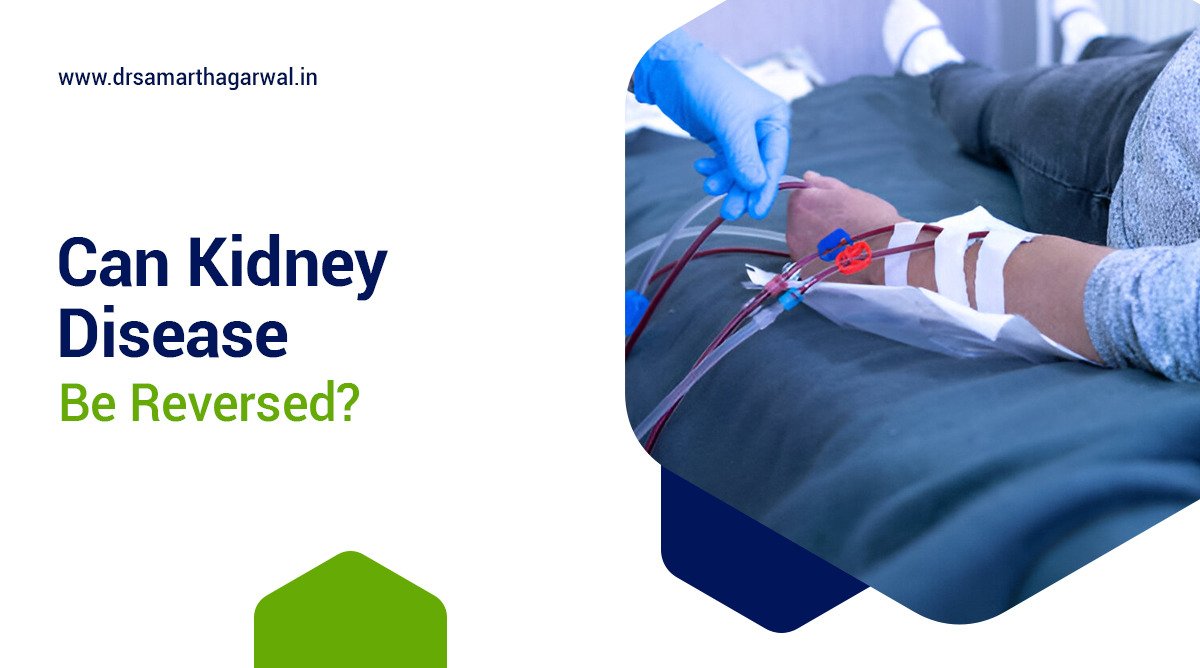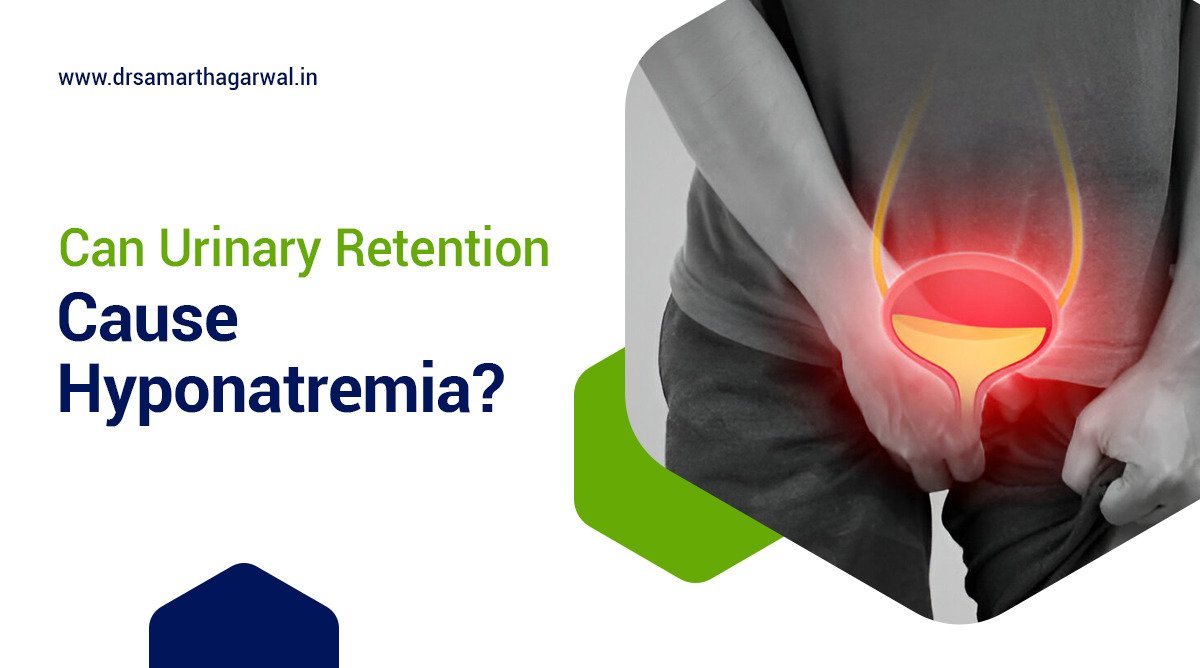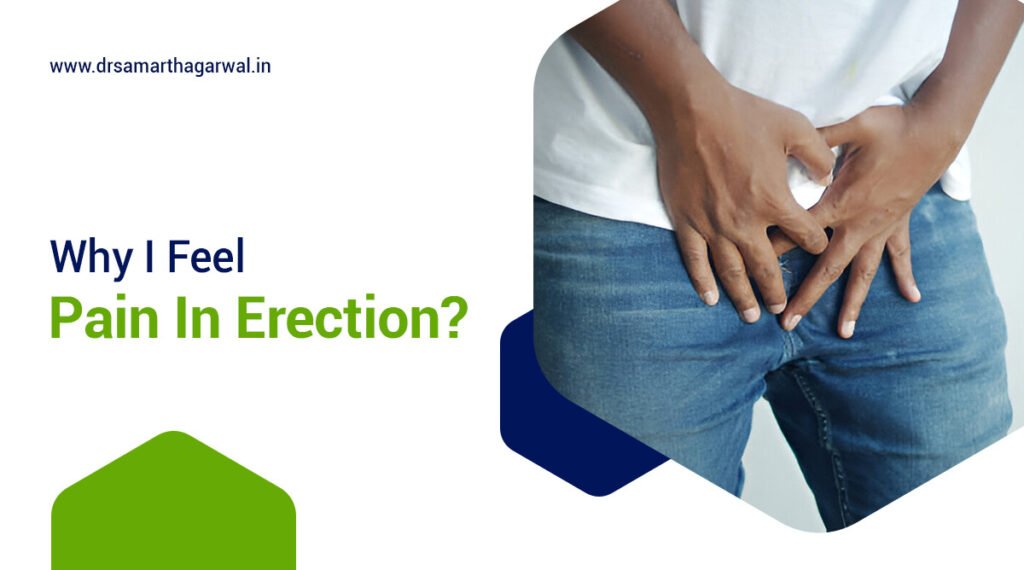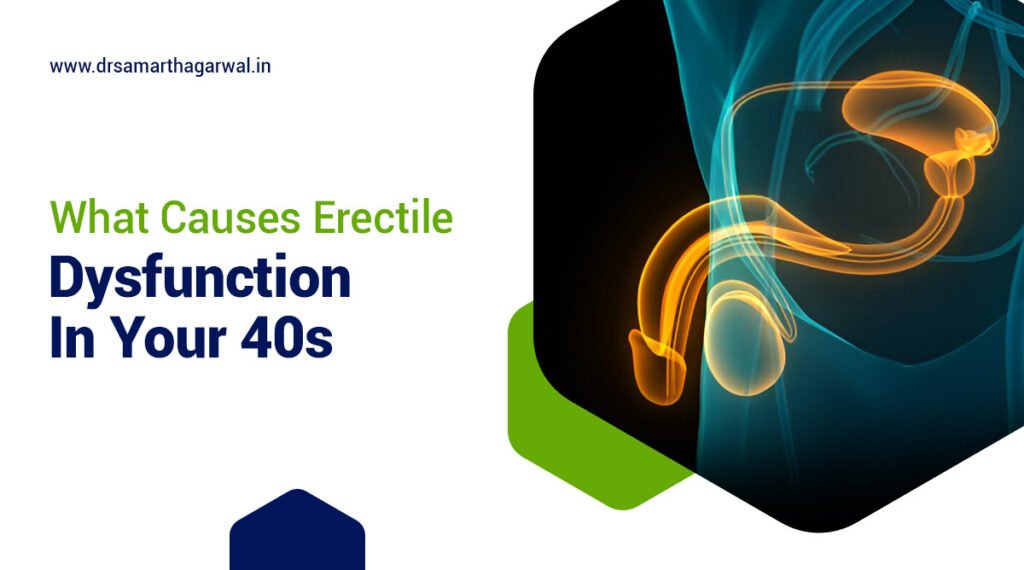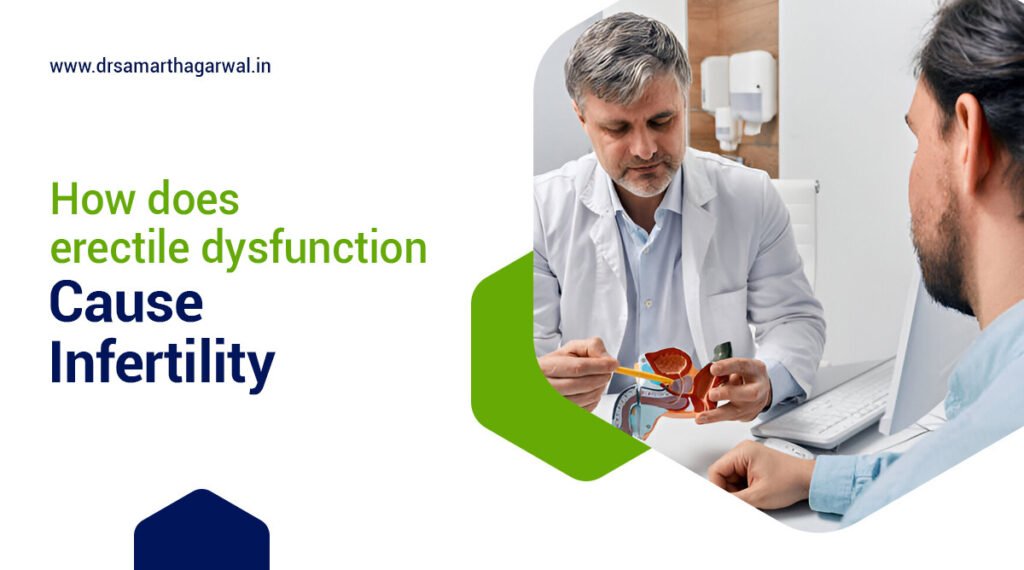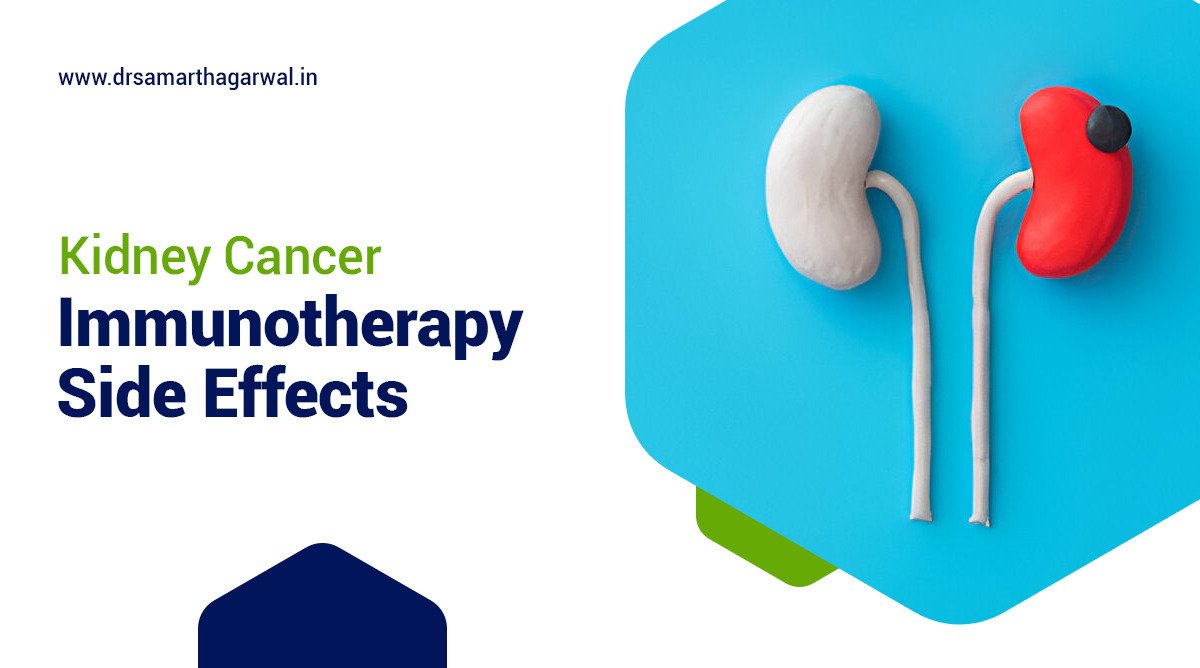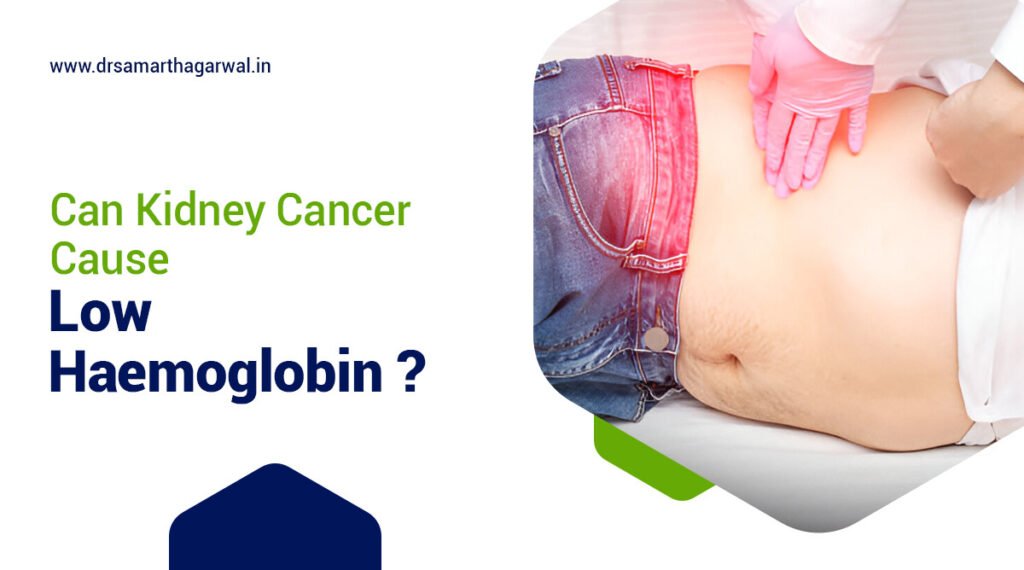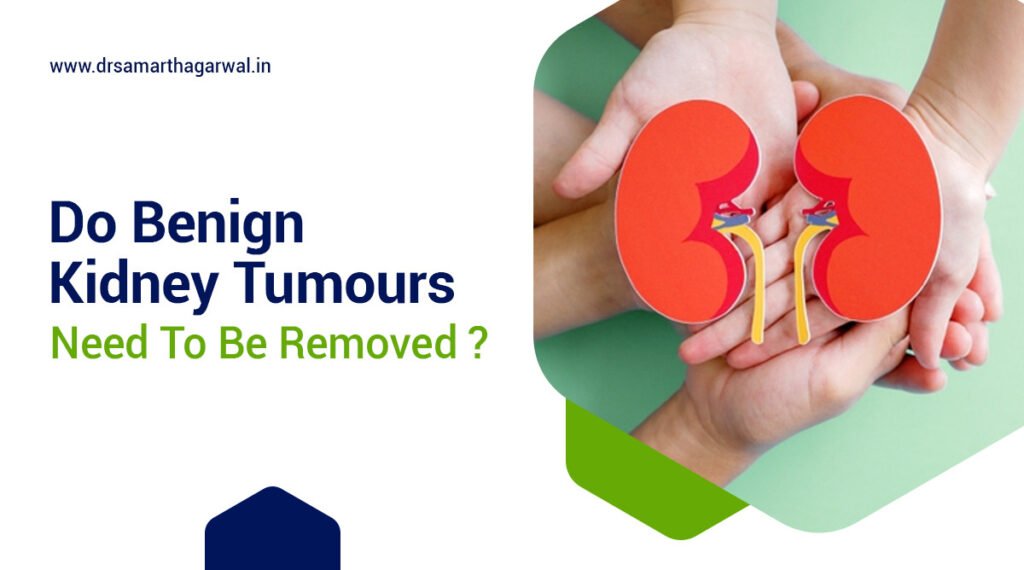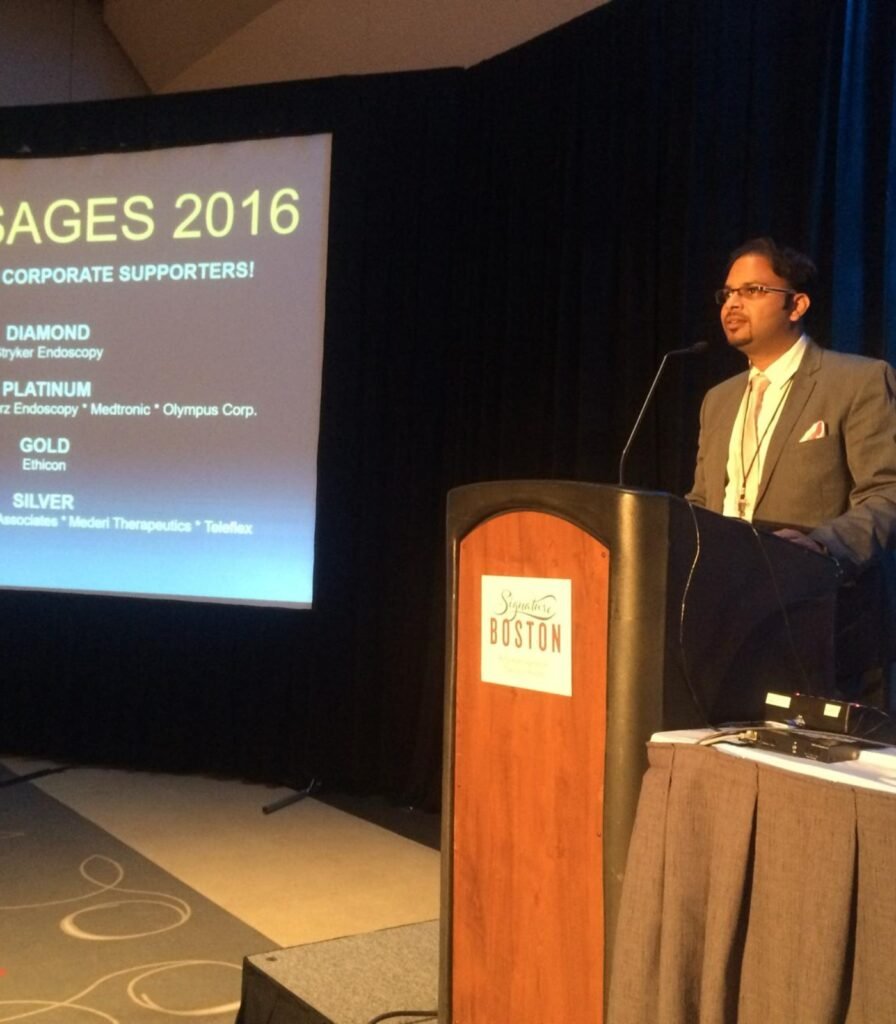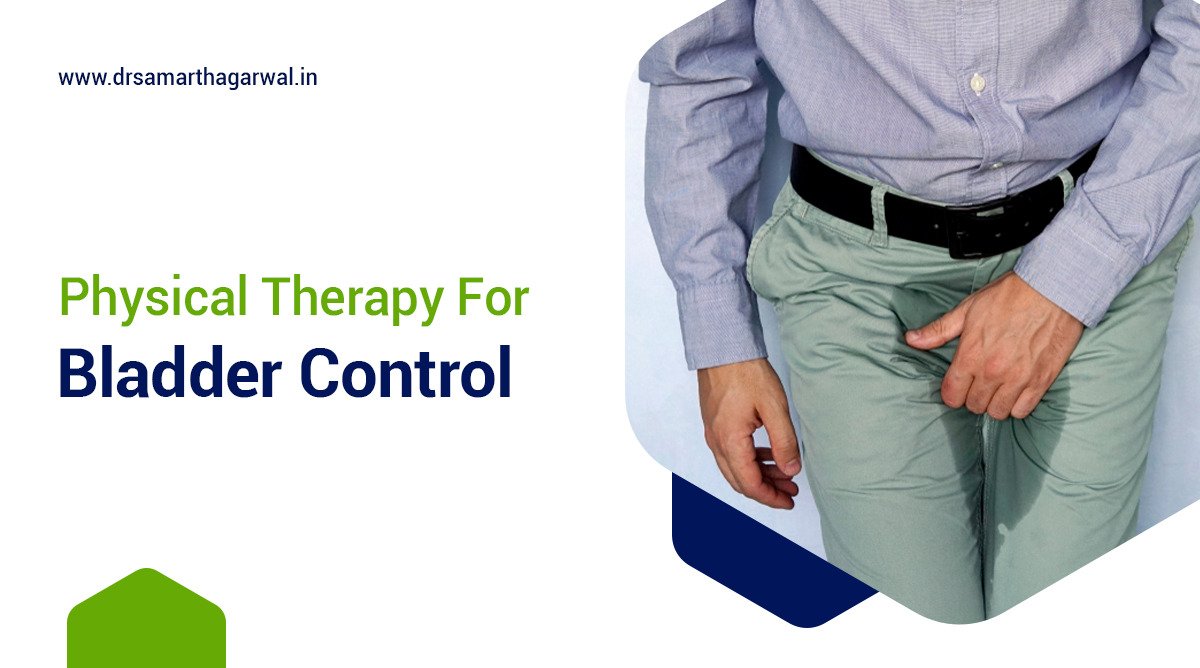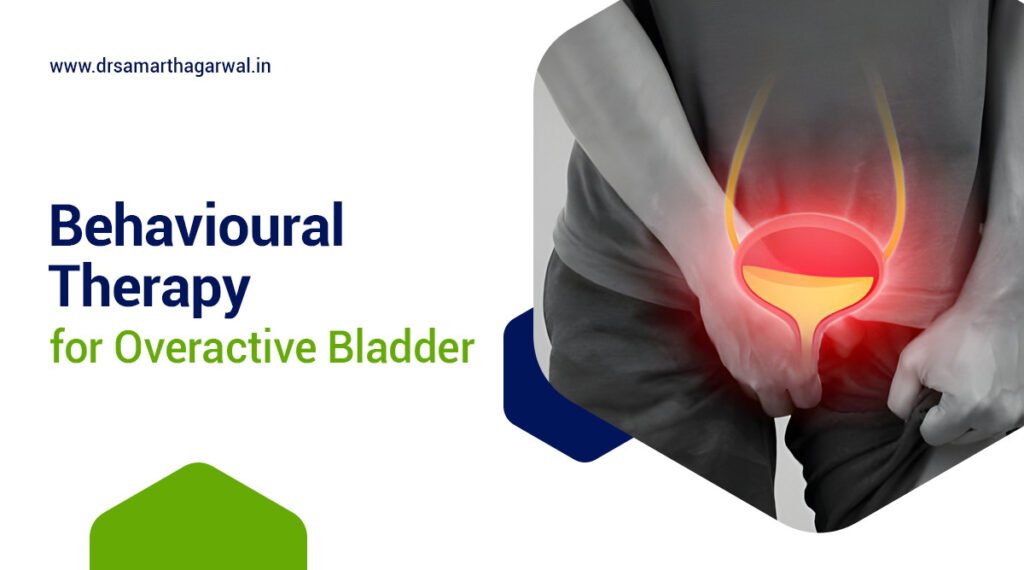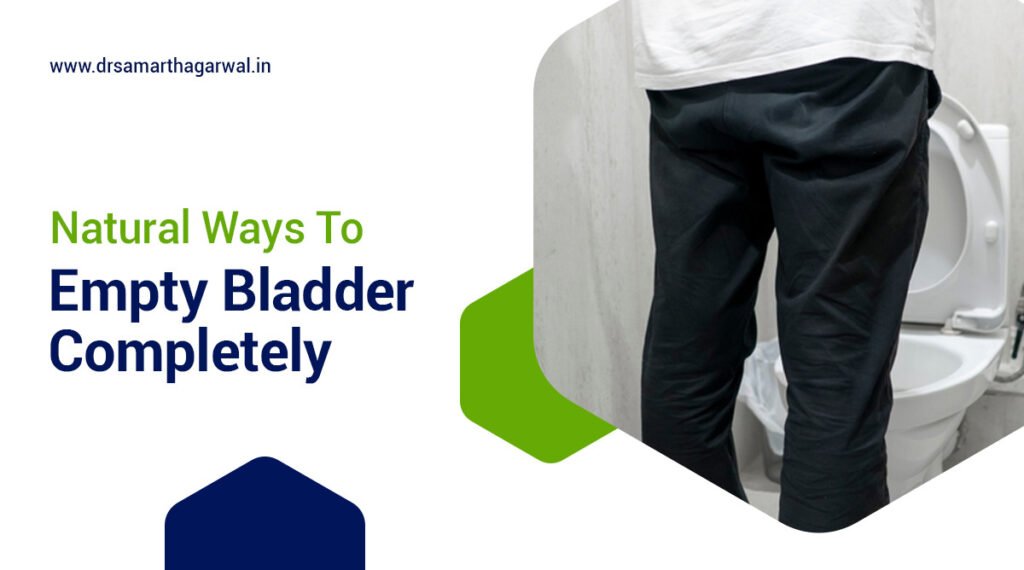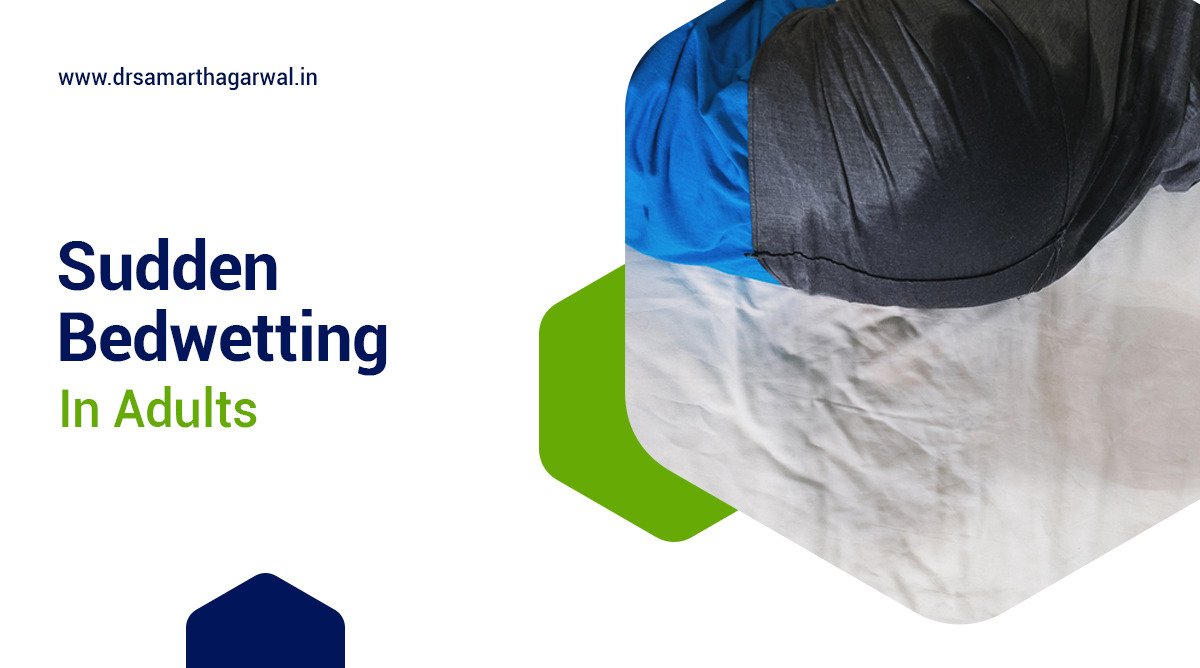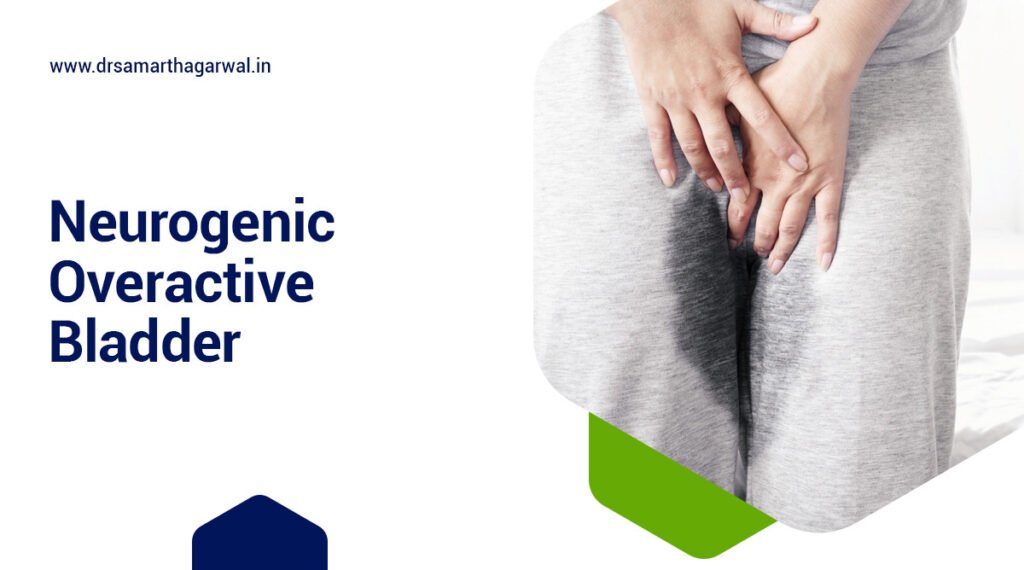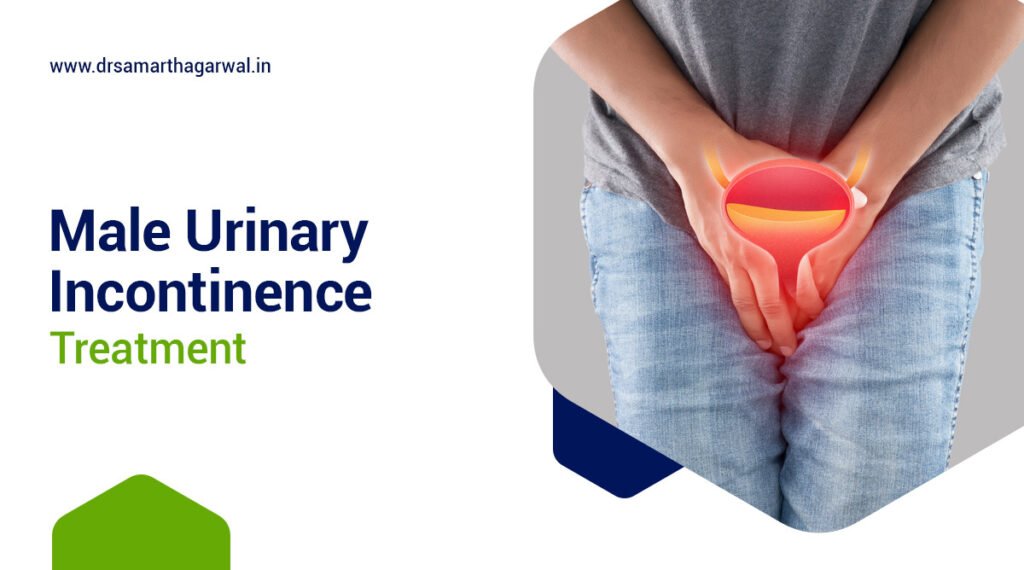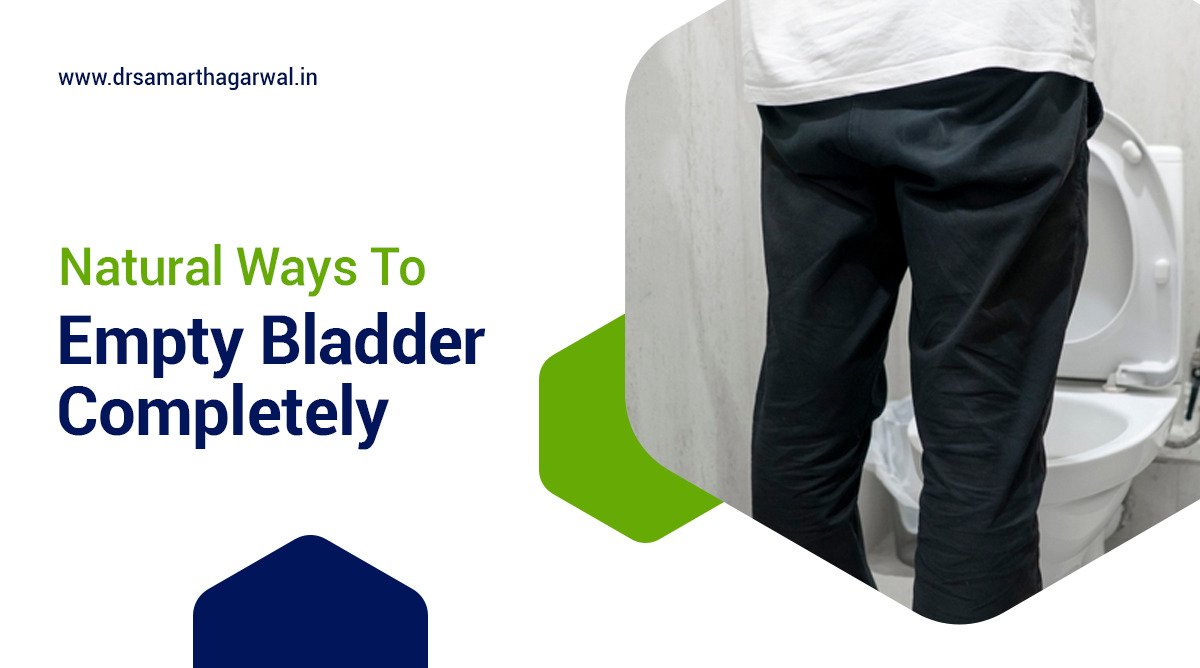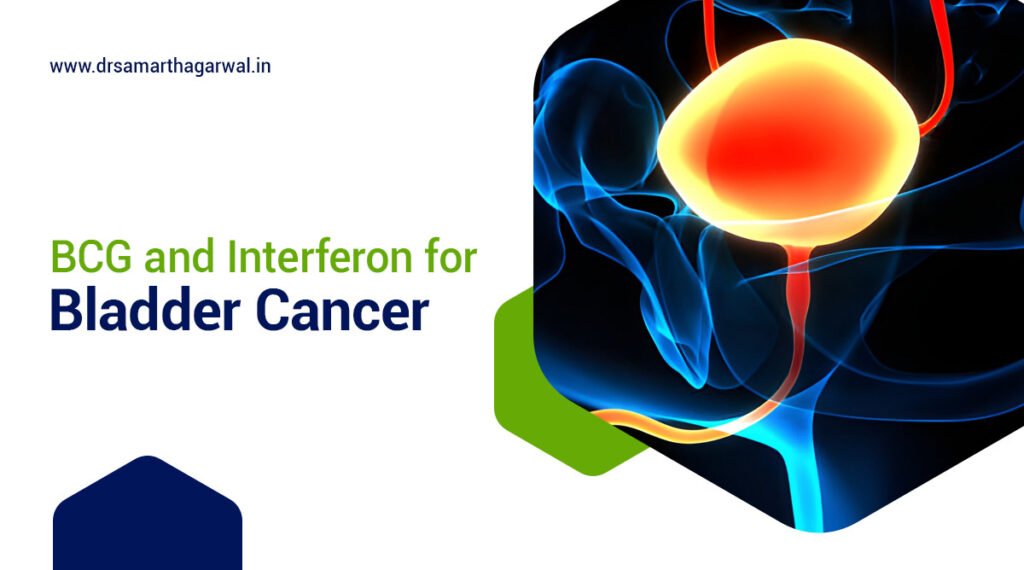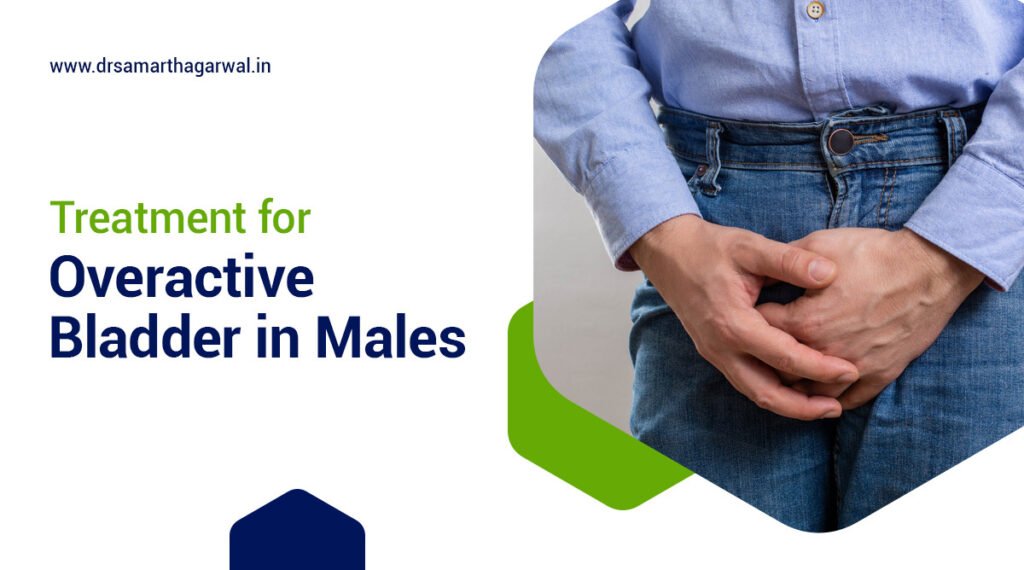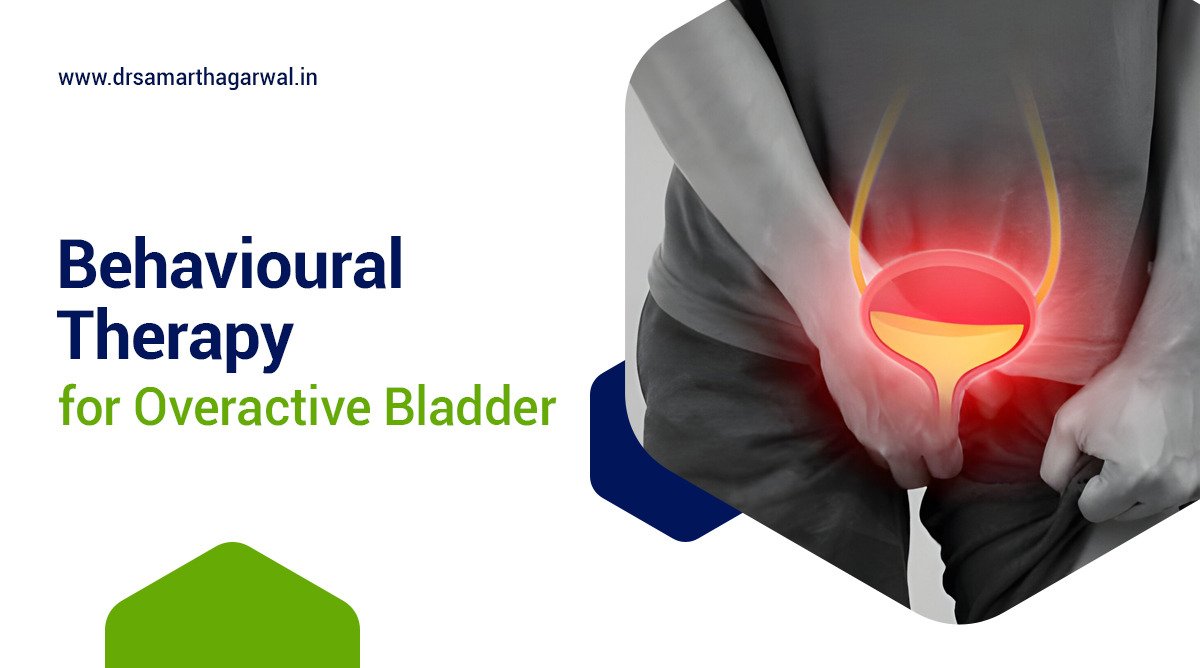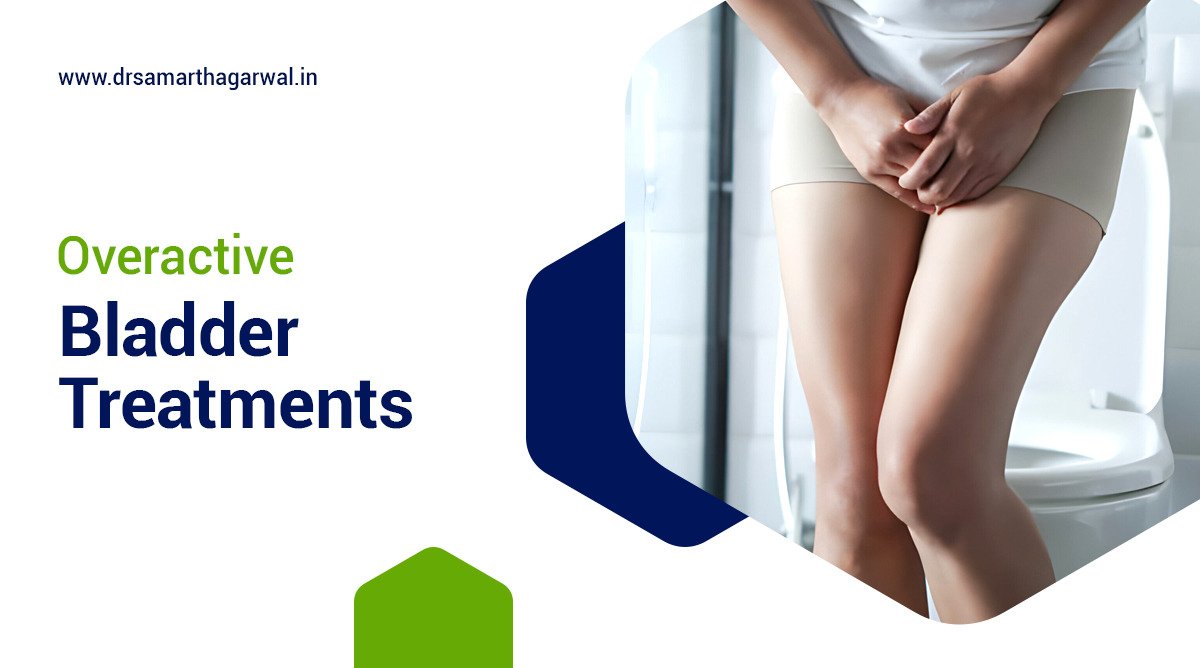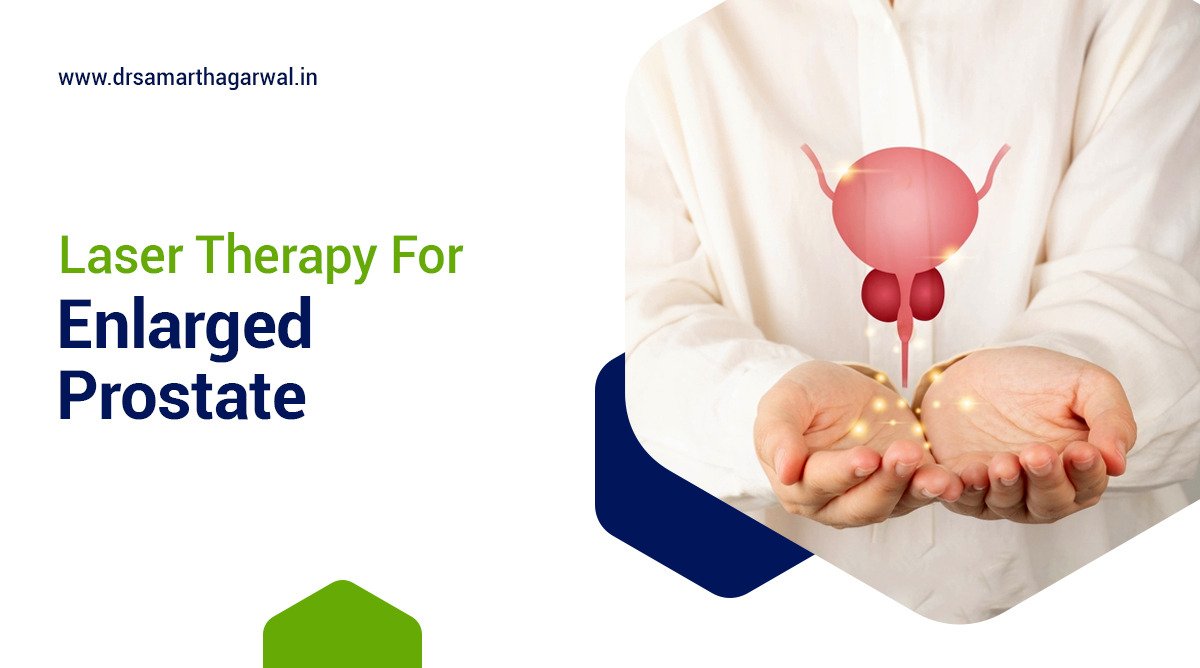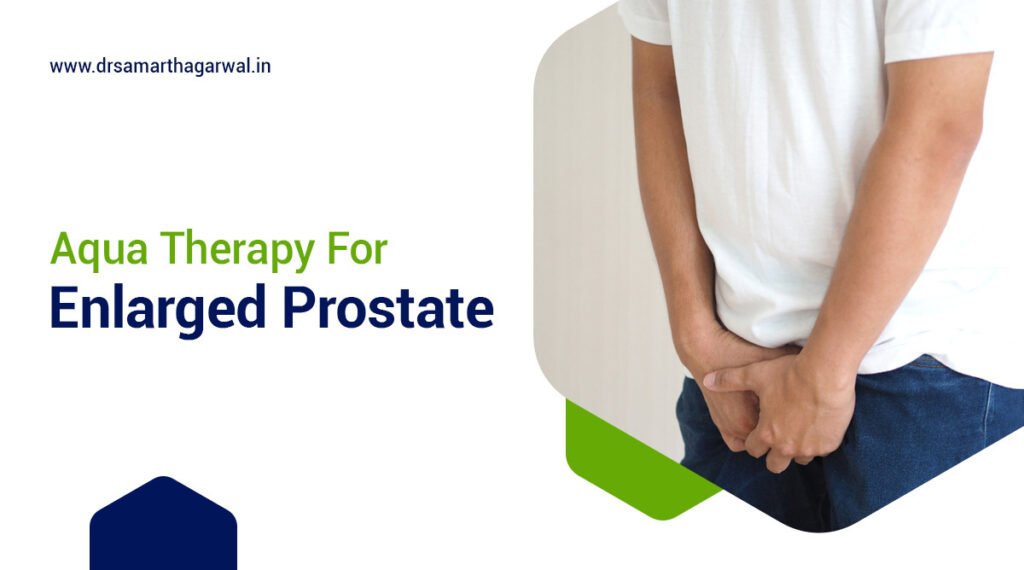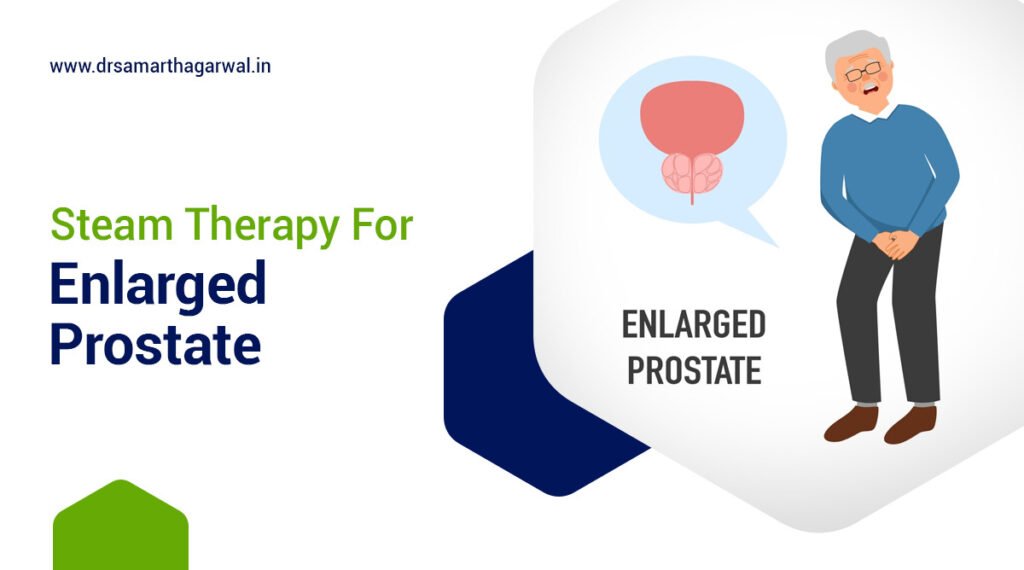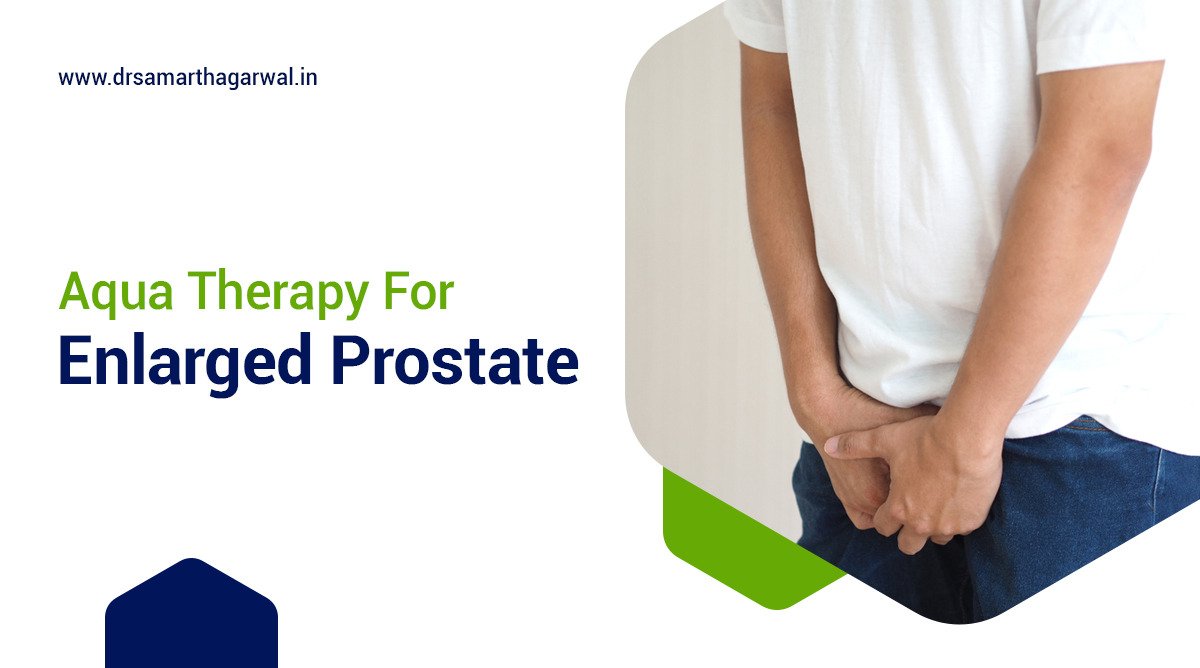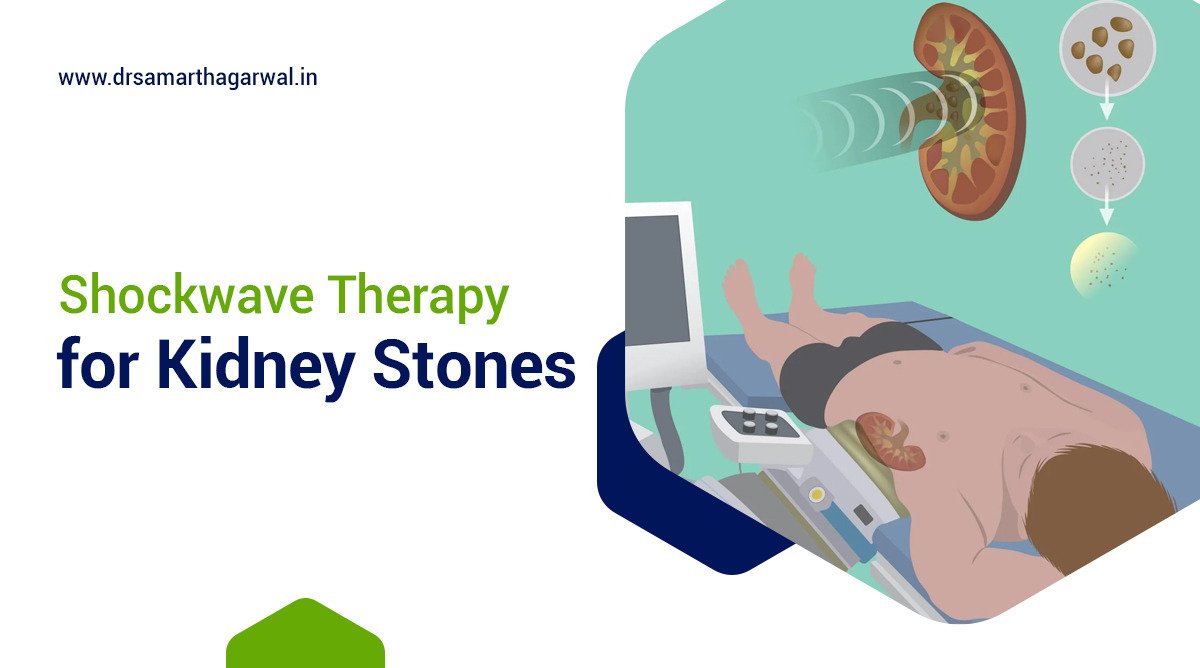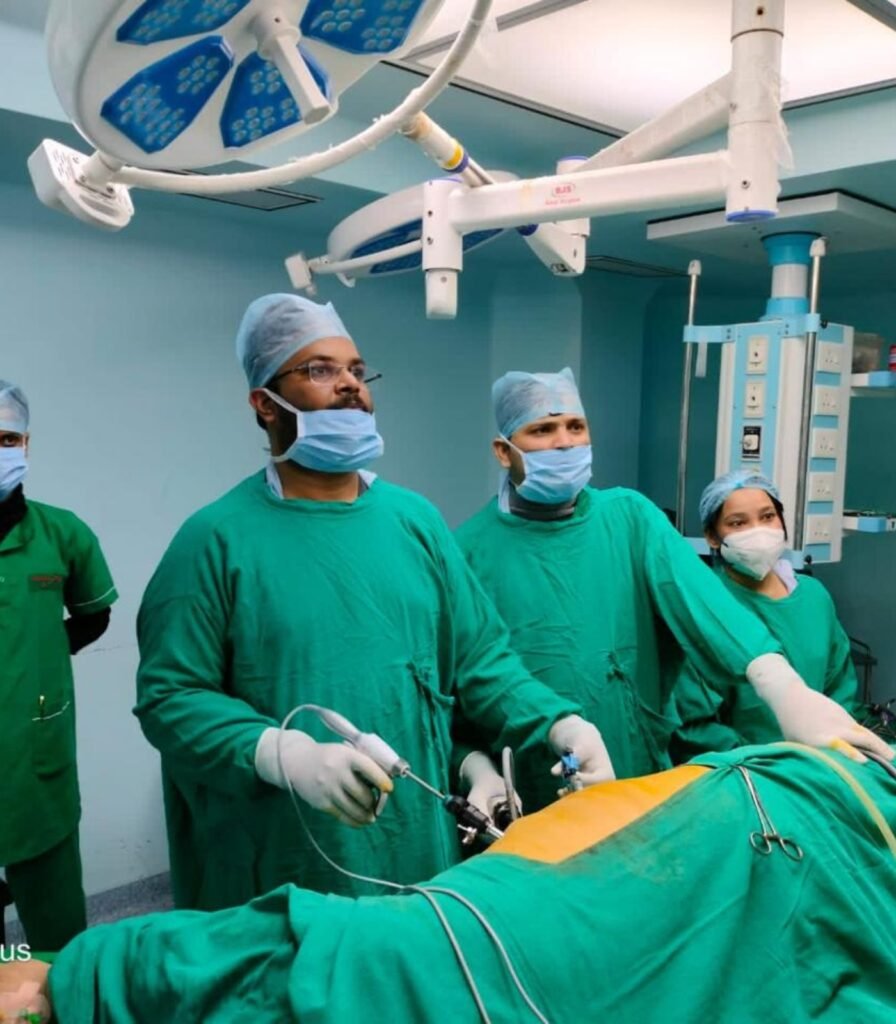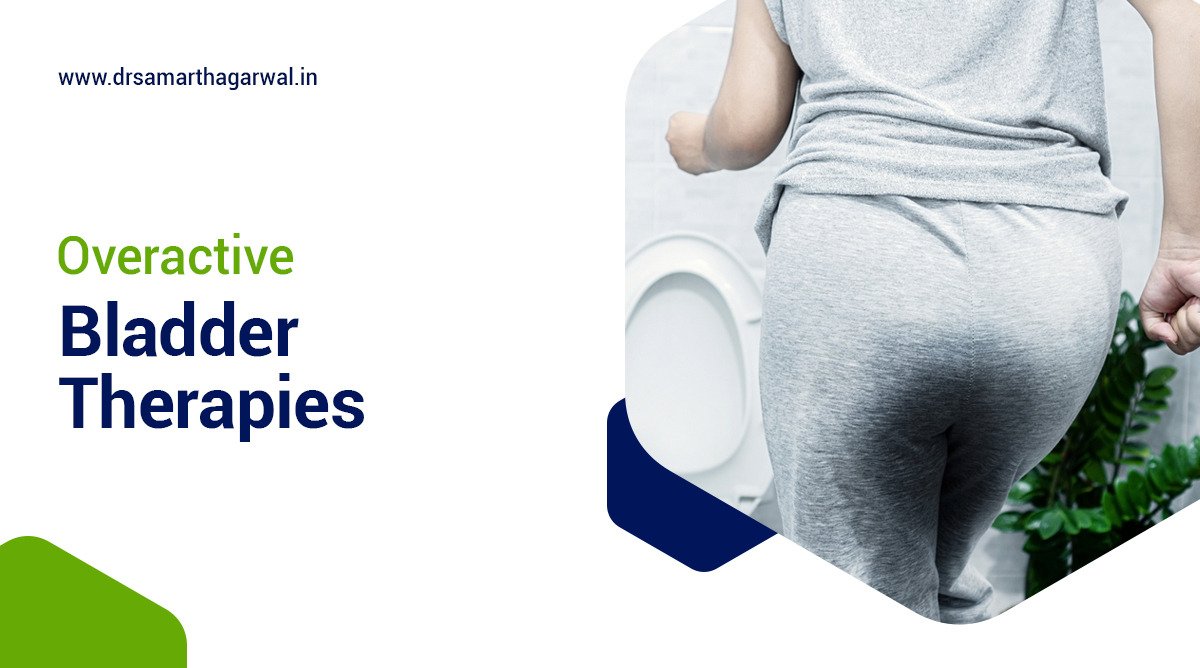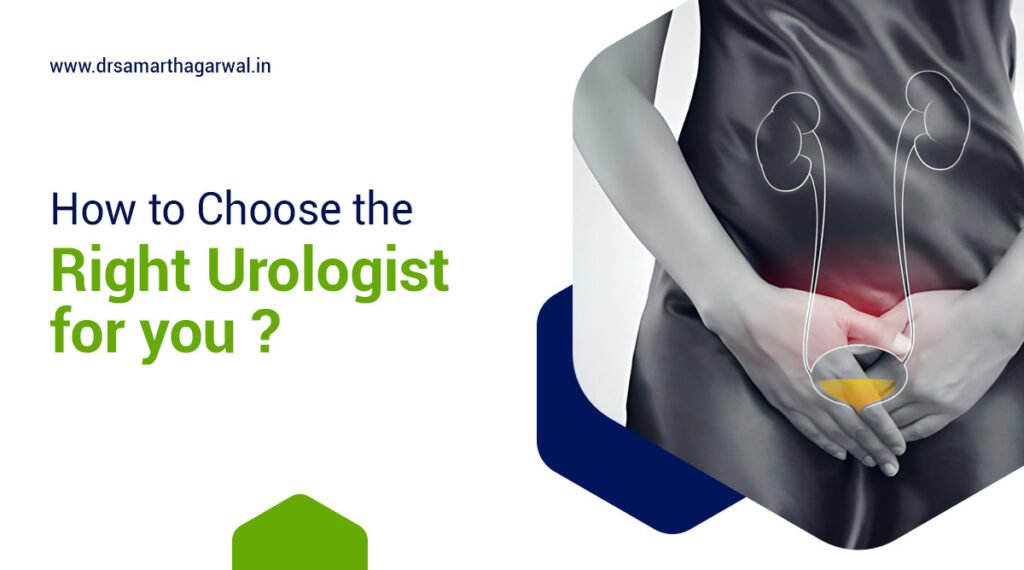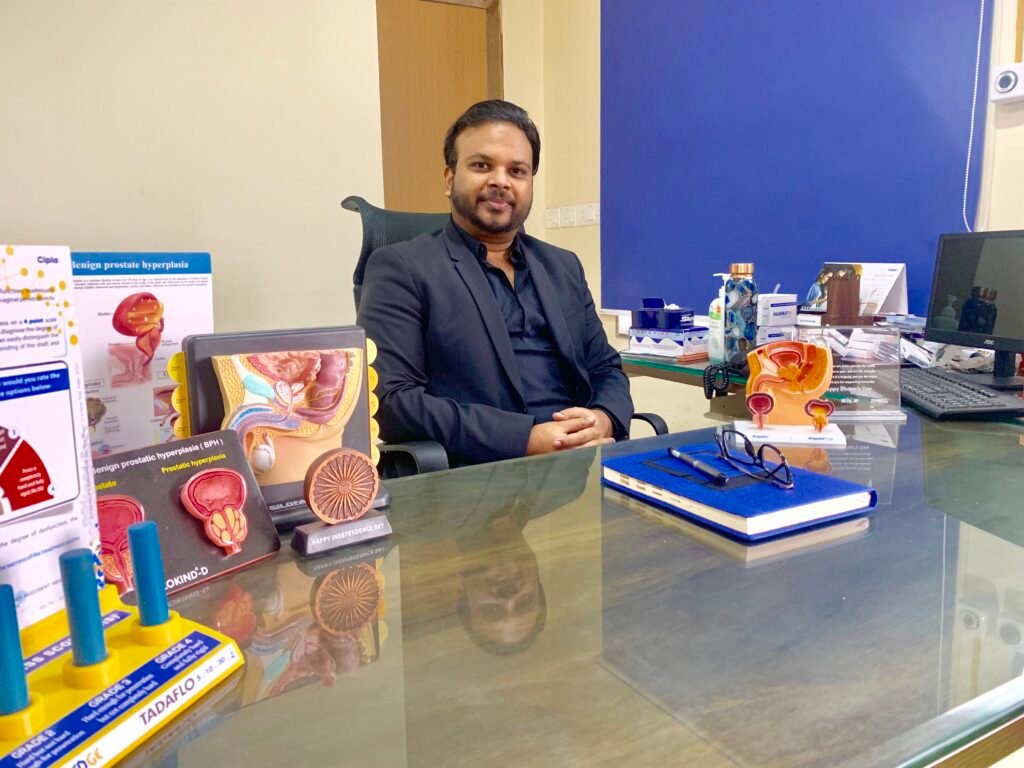Testosterone replacement therapy (TRT) is a crucial treatment option for men experiencing low testosterone levels. Urologists play a vital role in diagnosing and managing this condition, which can significantly impact a man’s quality of life. This article explores the essential aspects of TRT from a urological perspective, including diagnosis, treatment options, benefits, risks, and long-term considerations.
According to Kovac, J. R., Rajanahally, S., Smith, R. P., Coward, R. M., Lamb, D. J., & Lipshultz, L. I. (2014). Patient satisfaction with testosterone replacement therapies: the reasons behind the choices, 70% of patients reported satisfaction with their TRT regimen. The satisfaction rates varied slightly among different administration methods: 73% for injections, 68% for gels, and 70% for implantable pellets.
What is Testosterone Replacement Therapy (TRT) in Urology?
Testosterone replacement therapy in urology is a medical intervention designed to address low testosterone levels, also known as hypogonadism. This condition can cause a range of symptoms, including erectile dysfunction, low sex drive, and decreased muscle mass. Urologists, specialists in the male reproductive system and urinary tract, are often at the forefront of diagnosing and treating testosterone deficiency. TRT aims to restore testosterone levels to a normal range, alleviating symptoms and improving overall well-being.
The therapy involves administering testosterone through various methods, such as injections, gels, patches, or pellets. Urologists carefully tailor the treatment to each patient’s specific needs, considering factors like age, overall health, and the severity of symptoms. By addressing low testosterone, TRT can help improve libido, enhance muscle strength, increase bone density, and boost energy levels. However, it’s crucial to note that TRT is not a one-size-fits-all solution and requires careful monitoring and adjustment by a qualified urologist.
Does an urologist treat testosterone?
Yes, urologists are indeed qualified and experienced in treating testosterone-related issues. As specialists in male reproductive health, urologists are well-versed in the complexities of hormone balance and its impact on overall well-being. They play a crucial role in diagnosing and managing low testosterone levels, also known as hypogonadism. Urologists are equipped to prescribe and oversee testosterone replacement therapy (TRT), ensuring that patients receive appropriate treatment tailored to their specific needs.
Urologists approach testosterone treatment holistically, considering not only the hormone levels but also their effects on various aspects of a man’s health. They are particularly attuned to the potential impacts of testosterone therapy on prostate health, urinary function, and sexual performance. This specialized knowledge allows urologists to provide comprehensive care, balancing the benefits of TRT with potential risks and side effects. Moreover, urologists often collaborate with other specialists, such as endocrinologists, to ensure a well-rounded approach to hormone management and overall health care.
How Do Urologists Diagnose Low Testosterone?
Urologists employ a comprehensive approach to diagnose low testosterone levels. The process typically begins with a thorough medical history and physical examination. Patients are asked about symptoms such as decreased libido, erectile dysfunction, fatigue, and mood changes. Urologists also inquire about lifestyle factors, medications, and any underlying health conditions that might affect testosterone production. The physical exam may include an assessment of body hair distribution, muscle mass, and testicular size.
Blood tests play a crucial role in diagnosing low testosterone. Urologists order serum testosterone tests, typically conducted in the morning when levels are highest. Multiple tests may be required to confirm a diagnosis, as testosterone levels can fluctuate. Additionally, urologists may check levels of other hormones, such as luteinizing hormone and follicle-stimulating hormone, to determine the cause of low testosterone. They may also evaluate related factors like hemoglobin levels, prostate-specific antigen (PSA), and bone density to assess the overall impact of testosterone deficiency on the patient’s health.
How Do Urologists Determine if TRT is Appropriate?
Determining the appropriateness of testosterone replacement therapy (TRT) is a complex decision that urologists make based on several factors. First and foremost, they consider the patient’s symptoms and their severity. Low testosterone levels alone may not warrant treatment if the patient is asymptomatic. Urologists carefully evaluate the potential benefits of TRT against the risks and side effects for each individual. They take into account the patient’s age, overall health status, and other medical conditions that might interact with or be affected by testosterone therapy.
Urologists also consider the underlying cause of low testosterone. If the deficiency is due to a treatable condition, they may address that issue first before recommending TRT. They assess the patient’s fertility goals, as TRT can suppress sperm production. Additionally, urologists evaluate prostate health, as testosterone therapy may be contraindicated in men with certain prostate conditions. Blood tests are used to confirm consistently low testosterone levels, typically below 300 ng/dL. The decision to initiate TRT is made collaboratively between the urologist and the patient, considering all these factors to ensure the most appropriate and beneficial treatment approach.
What Are the Treatment Options for Low Testosterone?
Urologists offer various treatment options for low testosterone, with testosterone replacement therapy (TRT) being the primary approach.
- Intramuscular injections: Administered every one to two weeks for a significant boost in testosterone levels.
- Transdermal gels or patches: Provide a consistent daily dosage but require careful application to avoid transfer to others.
- Subcutaneous pellets: Inserted under the skin, offering a steady release of testosterone over several months.
- Nasal gels and oral testosterone undecanoate: Newer formulations providing alternative methods of TRT.
Alternative treatments, especially for younger men concerned about fertility, include:
- Human chorionic gonadotropin (hCG) injections: Stimulate natural testosterone production.
- Selective estrogen receptor modulators (SERMs): Increase testosterone without suppressing sperm production.
The choice of treatment depends on factors such as patient preferences, lifestyle, severity of symptoms, and potential side effects. Urologists work closely with patients to find the most suitable and effective treatment option, often starting with a trial period to assess response and adjust dosage as needed.
What Are the Benefits of TRT?
Testosterone replacement therapy (TRT) offers a range of benefits for men with clinically low testosterone levels. Here are some key advantages:
- Enhanced libido and sexual desire
- Improved erectile function
- Increased muscle mass and strength
- Reduction in body fat, particularly in the abdominal area
- Increased bone density, reducing the risk of osteoporosis and fractures
- Improved energy levels, mood, and cognitive function
- Alleviation of symptoms of depression and anxiety
It’s important to note that while these benefits can be significant, they vary from person to person, and the full effects of TRT may take several months to become apparent.
What Are the Risks and Side Effects of TRT?
While testosterone replacement therapy (TRT) offers numerous benefits, it’s crucial to understand its potential risks and side effects. Here are some key concerns:
- Impact on prostate health, including the growth of existing prostate cancer cells
- Increase in red blood cell production, leading to polycythemia and potential blood clots
- Suppression of sperm production, affecting fertility
- Acne and enlarged breasts (gynecomastia)
- Sleep apnea
- Dependency on external testosterone, leading to testicular shrinkage and reduced natural testosterone production
- Worsening of benign prostatic hyperplasia (BPH) symptoms
It’s important to note that the risks and side effects can vary based on the method of testosterone administration and individual factors. Urologists carefully weigh these potential risks against the benefits when recommending TRT and monitor patients closely throughout treatment.
How Do Urologists Monitor Patients on TRT?
Urologists employ a comprehensive monitoring approach for patients undergoing testosterone replacement therapy (TRT) to ensure its effectiveness and safety. Here are the key components:
- Regular follow-up appointments, more frequent initially and then at longer intervals
- Assessment of symptom improvement and potential side effects
- Physical examinations to check for changes in body composition, skin condition, and testicular size
- Blood tests to monitor:
- Testosterone levels, aiming for mid-normal range
- Hematocrit and hemoglobin levels to detect excessive red blood cell production
- Prostate-specific antigen (PSA) levels for prostate-related issues
- Liver function, lipid profiles, and bone density periodically
For patients with pre-existing conditions like sleep apnea or cardiovascular disease, additional specific monitoring may be required. Urologists use this comprehensive data to make informed decisions about adjusting TRT dosage or formulation, ensuring optimal treatment outcomes while minimizing risks
How Does TRT Affect Prostate Health?
The relationship between testosterone replacement therapy (TRT) and prostate health is complex and has been a subject of ongoing research and debate in the field of urology. Historically, there were concerns that TRT might increase the risk of prostate cancer or exacerbate existing prostate conditions.
However, current evidence suggests that TRT does not significantly increase the risk of developing prostate cancer in men with no prior history of the disease. Nevertheless, urologists remain vigilant in monitoring prostate health in patients undergoing TRT.
TRT can potentially impact benign prostatic hyperplasia (BPH), a common condition in older men. Some patients may experience worsening of lower urinary tract symptoms associated with BPH, such as increased urinary frequency or difficulty urinating. However, this is not universal, and many men on TRT do not experience significant changes in their prostate-related symptoms.
Urologists closely monitor prostate size and PSA levels in patients on TRT. If there’s a rapid or significant increase in PSA, they may recommend further evaluation, including prostate biopsy. It’s important to note that TRT is generally contraindicated in men with active prostate cancer. For men with a history of prostate cancer, the decision to use TRT is made on a case-by-case basis, carefully weighing the potential benefits against risks.
How Does TRT Differ for Older Men?
Testosterone replacement therapy (TRT) for older men requires a nuanced approach due to the natural decline in testosterone levels with age and the increased likelihood of comorbidities. Urologists consider the unique physiological changes and health risks associated with aging when prescribing TRT to this population.
The goals of therapy may differ for older men, focusing more on maintaining bone density, muscle mass, and cognitive function rather than solely addressing sexual function. The dosage and administration method of TRT may also be adjusted to account for age-related changes in metabolism and drug sensitivity.
Older men are at higher risk for certain side effects of TRT, particularly cardiovascular issues and prostate-related complications. Urologists must carefully balance the potential benefits of TRT against these increased risks. They may start with lower doses and gradually increase as needed, closely monitoring for any adverse effects.
Additionally, the presence of other age-related health conditions, such as heart disease or osteoporosis, may influence the decision to initiate TRT and the specific treatment approach. Urologists also consider the potential interaction of TRT with other medications commonly prescribed to older adults. The decision to start TRT in older men is highly individualized, taking into account the patient’s overall health status, life expectancy, and personal preferences.
How Do Urologists and Endocrinologists Collaborate in TRT?
The collaboration between urologists and endocrinologists in managing testosterone replacement therapy (TRT) is crucial for providing comprehensive care to patients with low testosterone. Urologists, with their expertise in male reproductive health and urinary system disorders, often take the lead in diagnosing and treating testosterone deficiency. They are particularly well-equipped to address the urological aspects of low testosterone, such as erectile dysfunction and prostate health concerns. Endocrinologists, on the other hand, bring specialized knowledge of hormonal systems and their complex interactions within the body.
This collaborative approach allows for a more holistic management of TRT. Endocrinologists can provide valuable insights into the underlying causes of low testosterone, especially when related to other endocrine disorders. They may assist in complex cases where testosterone deficiency is part of a broader hormonal imbalance.
Urologists and endocrinologists often work together to develop treatment plans, particularly for patients with comorbidities or those who don’t respond typically to standard TRT protocols. This partnership ensures that patients receive the most appropriate and effective treatment, with careful consideration of both urological and endocrine aspects of their health. Regular communication between these specialists helps in monitoring treatment efficacy, managing side effects, and making necessary adjustments to the TRT regimen.
How Can Patients Get Started with TRT?
Initiating testosterone replacement therapy (TRT) typically begins with a consultation with a urologist or a healthcare provider specializing in men’s health. Patients experiencing symptoms of low testosterone, such as decreased libido, erectile dysfunction, fatigue, or mood changes, should discuss these concerns with their doctor. The first step involves a comprehensive medical evaluation, including a detailed medical history and physical examination. This assessment helps identify potential underlying causes of low testosterone and determines if the patient is a suitable candidate for TRT.
Following the initial evaluation, the urologist will order blood tests to measure testosterone levels. These tests are usually conducted in the morning when testosterone levels are highest. If low testosterone is confirmed, additional tests may be performed to rule out other hormonal imbalances or health conditions. The urologist will then discuss the potential benefits and risks of TRT with the patient, explaining the various treatment options available.
If TRT is deemed appropriate, the urologist will work with the patient to select the most suitable form of therapy, considering factors such as lifestyle, preferences, and any contraindications. Patients should be prepared for a period of adjustment and follow-up appointments to monitor progress and make any necessary adjustments to the treatment plan.
What Are the Long-Term Considerations for TRT?
Long-term considerations for testosterone replacement therapy (TRT) are crucial for patients and urologists alike. One primary concern is the potential impact on cardiovascular health. While some studies suggest TRT may improve cardiovascular risk factors, others have raised concerns about increased risks in certain populations. Urologists must carefully monitor patients’ cardiovascular health, particularly in older men or those with pre-existing heart conditions. Another long-term consideration is the effect on prostate health. While current evidence doesn’t show a clear link between TRT and increased prostate cancer risk, ongoing vigilance through regular prostate exams and PSA testing is essential.
The long-term effects of TRT on fertility are also a significant consideration, especially for younger patients. Prolonged use of exogenous testosterone can suppress natural testosterone and sperm production, potentially leading to infertility. Urologists must discuss fertility preservation options with patients who may want to father children in the future.
Furthermore, there’s the potential for the body to become dependent on external testosterone, leading to testicular atrophy and reduced natural hormone production. This underscores the importance of regular re-evaluation of the need for continued therapy. Long-term TRT users may also need to be monitored for other potential effects, such as changes in red blood cell count, bone density, and mood. Urologists play a crucial role in balancing the benefits of TRT with these long-term considerations, ensuring patient safety and optimal health outcomes over time.
How Do Lifestyle Factors Influence TRT Success?
Lifestyle factors play a significant role in the success of testosterone replacement therapy (TRT). Diet and nutrition are crucial elements that can impact testosterone levels and the body’s response to TRT. A balanced diet rich in proteins, healthy fats, and essential nutrients can support hormone production and enhance the effectiveness of therapy.
Conversely, poor dietary habits, especially those leading to obesity, can negatively affect testosterone levels and potentially reduce the efficacy of TRT. Urologists often advise patients to maintain a healthy weight and adopt a nutritious diet as part of their overall treatment plan.
Exercise, particularly resistance training and high-intensity interval training, can synergistically work with TRT to improve muscle mass, bone density, and overall well-being. Regular physical activity can also help manage weight and reduce the risk of cardiovascular complications associated with TRT. Stress management is another critical factor, as chronic stress can adversely affect hormone levels and potentially interfere with the benefits of TRT. Adequate sleep is essential for optimal hormone production and regulation.
Urologists emphasize the importance of good sleep hygiene to their patients undergoing TRT. Additionally, lifestyle choices such as smoking and excessive alcohol consumption can negatively impact testosterone levels and overall health, potentially compromising the effectiveness of TRT. By addressing these lifestyle factors, patients can maximize the benefits of their therapy and improve their overall health outcomes.
How long can a man be on testosterone replacement therapy?
The duration of testosterone replacement therapy (TRT) can vary significantly from patient to patient, and there is no predetermined universal time limit. Many men remain on TRT for extended periods, often years or even indefinitely, as long as they continue to benefit from the treatment and do not experience significant adverse effects. The decision to continue TRT long-term is made on an individual basis, taking into account factors such as symptom improvement, quality of life enhancement, and overall health status. Urologists closely monitor patients on long-term TRT to ensure its ongoing safety and efficacy.
Regular follow-ups and periodic reassessments are crucial for men on long-term TRT. These evaluations allow urologists to adjust the treatment as needed, monitor for potential side effects, and assess whether the benefits of therapy continue to outweigh any risks. Factors that may influence the duration of TRT include age, the underlying cause of low testosterone, and the presence of other health conditions.
Some men may be able to discontinue TRT if their natural testosterone production recovers, particularly if the initial cause was temporary or treatable. However, for many, especially older men or those with primary hypogonadism, TRT may be a lifelong treatment. The key is ongoing communication between the patient and the urologist to ensure that TRT remains appropriate and beneficial over time.
Can I start TRT at 30?
Starting testosterone replacement therapy (TRT) at 30 is possible, but it requires careful consideration and thorough medical evaluation. While low testosterone is often associated with older men, younger individuals can also experience hypogonadism due to various factors, including genetic conditions, injuries, or certain medical treatments. If a 30-year-old man is experiencing symptoms of low testosterone, such as decreased libido, erectile dysfunction, fatigue, or mood changes, and blood tests confirm consistently low testosterone levels, TRT may be considered. However, urologists approach TRT in younger patients with added caution due to the potential long-term implications.
One of the primary concerns for starting TRT at a younger age is its impact on fertility. Exogenous testosterone can suppress natural sperm production, which is a significant consideration for men who may want to father children in the future. Urologists may explore alternative treatments that can boost testosterone levels without affecting fertility, such as human chorionic gonadotropin (hCG) therapy.
Furthermore, they will thoroughly investigate the underlying cause of low testosterone, as addressing a treatable condition might negate the need for long-term TRT. The decision to start TRT at 30 should be made after a comprehensive evaluation of the patient’s overall health, symptoms, hormone levels, and future goals. It’s crucial for young men considering TRT to have open and detailed discussions with their urologists about the potential benefits, risks, and long-term implications of the therapy.



